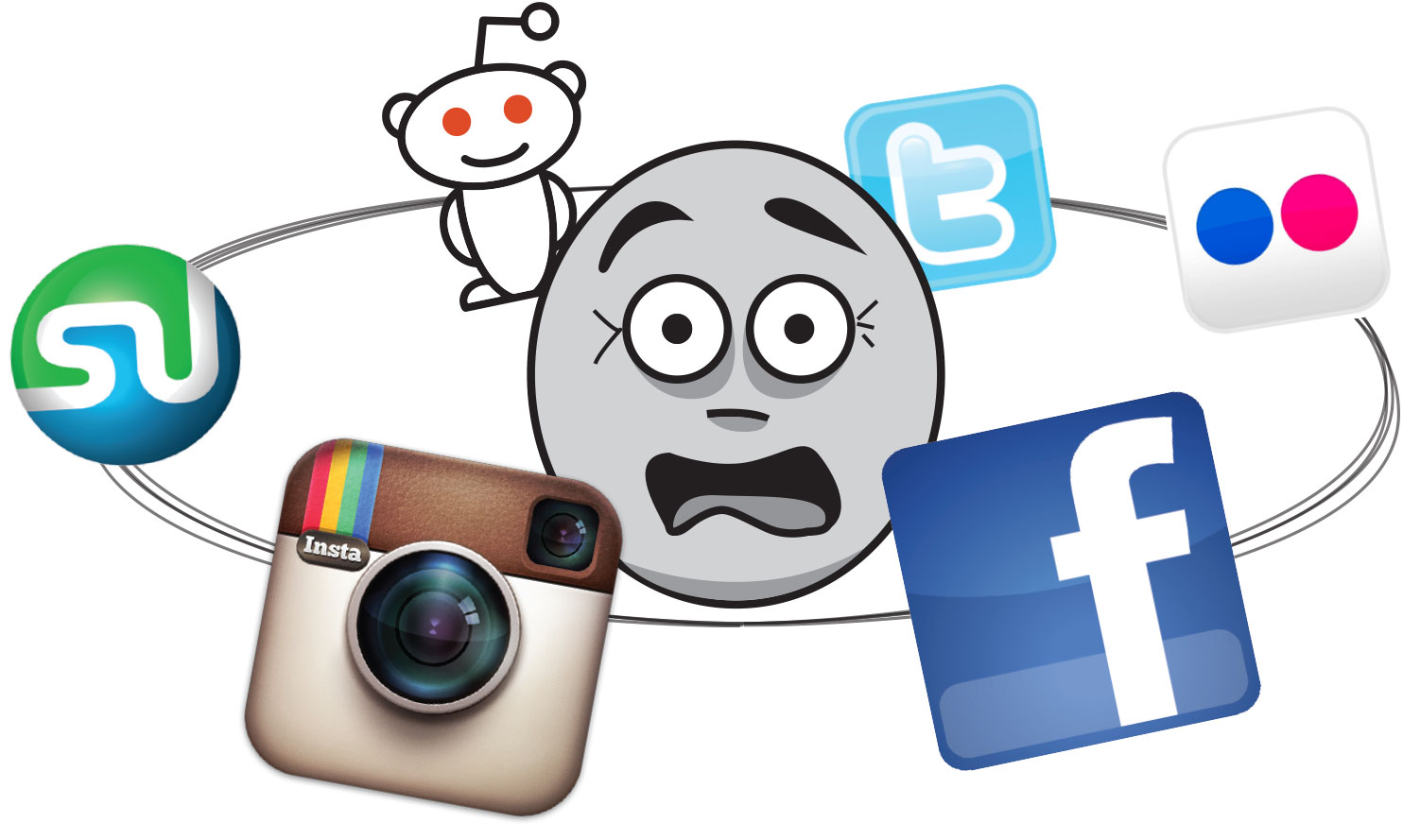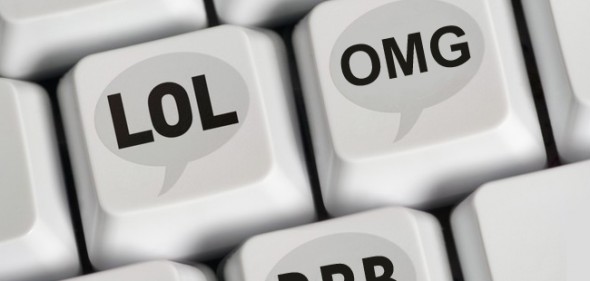Marketers break grammar rules with catchy slogans and tag lines all the time. Unfortunately, those creative liberties have a nasty habit of bleeding into social media posts and updates – a place they simply don’t belong.
Spelling and grammar errors in social media posts affect your credibility, making it look like you don’t know what you’re talking about. That’s the last thing a business should portray to potential customers – or a writer to readers.
If you use social media for advertising your product or services, we encourage you to take a quick read of the grammar points highlighted below before posting your next status update:
Time is a Limited Resource
Everyone is vying for attention on social media, and posts that take extra time to read are likely to turn people away. Make your post direct and as easy to read as possible. Things like typos and grammar mistakes make the reader pause to figure out what you’re trying to say. There’s no time for a pause when it comes to social media – users will simply move on to another topic.
Common Misspellings
Our friends at Copyblogger have put together a resource for all of the common grammar mistakes like substituting “your” when you really mean “you’re.” Simple mistakes like these make social media profiles look as though they were managed by teenagers who failed to pay attention in English class.
To prevent this from happening, make it a point to proofread all of your social media posts before you hit publish. Proofreading only takes a few seconds and will help you catch many of your errors.
Tip: To make the most of your proofreading efforts, prepare your social media post and then get up and walk away from your computer. Do something completely unrelated to the task at hand. After a five-minute break, return to your post with a fresh set of eyes.
Watch Abbreviations and Acronyms
Not everyone understands what you’re saying when you abbreviate. Keep your audience in mind before going crazy with abbreviations and acronyms. While industry-specific jargon has its place it’s best to keep it out of social media. Peppering status updates with abbreviations and acronyms unknown to the layperson will only serve to alienate potential customers/readers.
Start Tweets with Words, Not Periods
It’s become a common practice on Twitter to start tweets with periods, but what many marketers miss is this is a signal that the tweet will be bragging or a sarcastic complaint.
The only time you should start Tweets with a period is when you want to open with someone’s handle and you want everyone to see it. If you don’t place a period in front of the Twitter handle at the beginning of a message, Twitter will treat it like a reply. An easy workaround for this is to reword the tweet so it doesn’t start with someone’s handle.
Make Important Items Stand Out
In social media, you have to rely on punctuation and capitalization to make certain words or phrases stand out. It’s much easier to read a hashtag with multiple words if you capitalize the first letter of each word. Would you rather read “#workathome” or “#WorkAtHome?” Make it easy for your readers to understand your message whenever possible.
Tip: Remain consistent in how you set off your links. Don’t use colons, periods, and em dashes interchangeably. Pick one method and stick to it.
Read It Aloud
Our final tip is to simply read your post aloud before publishing it. It’s easy to spot most grammar errors when you hear the message versus reading it.
What grammar errors bug you the most on social media?
Sarah is the Content Manager and a Writer at Virtual Vocations.com, the one-stop shop for telecommuters looking for legit telecommute online jobs. With several years of marketing and writing experience, Sarah also has a background working in English.
Images via Goodfellow Creative and Cyberbia
First published in August 2013, updated September 2022




Leave a Reply